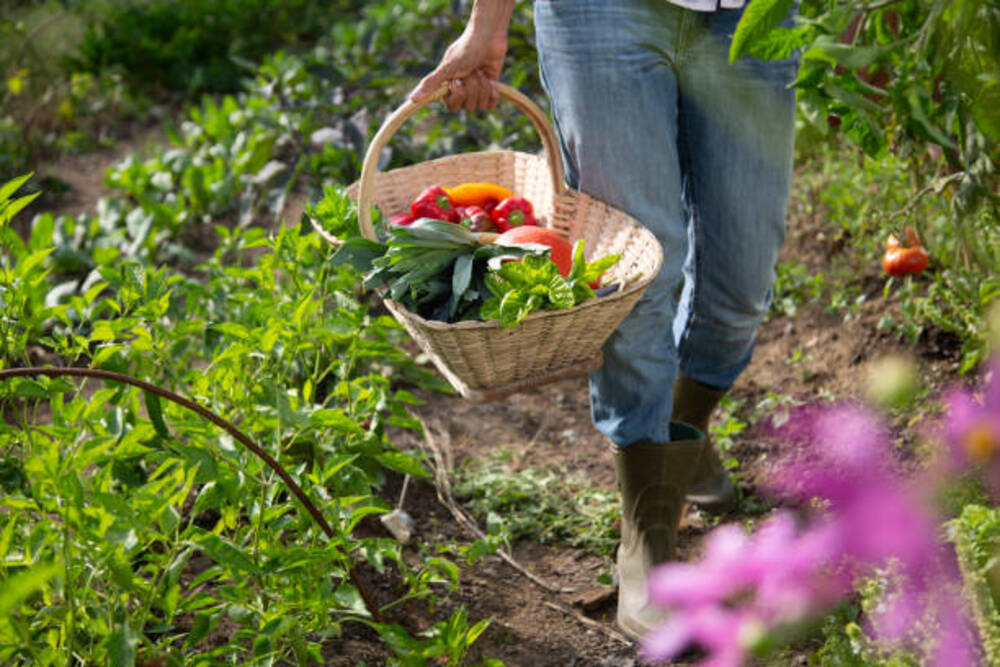Permaculture is a design system aimed at creating regenerative and sustainable human habitats. It is based on the principles of natural ecosystems and traditional agricultural practices, and it seeks to integrate human activities with the surrounding environment.
But what exactly permaculture is and what are its principles and practices?
What is permaculture?
Permaculture is a term coined by Bill Mollison and David Holmgren in the 1970s, which stands for “permanent agriculture” or “permanent culture”.
Permaculture is a holistic approach to sustainable living that emphasizes the principles of self-sufficiency, ecological regeneration, and community building. At its core, permaculture is based on three key ethics: care for the earth, care for people, and fair share.
These ethics guide the design and implementation of permaculture systems, which seek to mimic the natural ecosystems found in forests, wetlands, and other natural environments.
What are its principles and how it’s practiced?
Permaculture is guided by a set of principles that are derived from the observation of natural systems.
It can be practiced in a variety of settings, from urban rooftops to rural homesteads. The key elements of a permaculture system include:
- Design: This design is a process of observation, analysis, and planning. It involves assessing the needs and resources of a particular site, and designing a system that maximizes productivity, minimizes waste, and enhances biodiversity.
- Diversity: Permaculture systems are designed to incorporate a wide range of crops, animals, and other elements. This diversity helps to build resilience and stability and reduces the risk of crop failure or disease.
- Soil Building: Permaculture emphasizes the importance of healthy soil, which is the foundation of all agriculture. These systems use techniques such as composting, mulching, and cover cropping to build soil fertility, prevent erosion, and promote soil health.
- Water Management: Permaculture systems are designed to capture, store, and distribute water in a sustainable manner. Techniques such as rainwater harvesting, swales, and ponds can help to reduce water usage and prevent runoff.
- Energy Efficiency: These systems aim to minimize energy inputs and maximize energy outputs. This can be achieved through techniques such as passive solar design, renewable energy production, and energy-efficient appliances.
Are there any benefits from permaculture?
Permaculture offers a range of benefits, both for people and the planet. Some of the key benefits include:
- Sustainable Food Production: These systems can produce a wide range of fruits, vegetables, grains, and livestock in a sustainable manner. This can help to reduce reliance on industrial agriculture, which is often associated with environmental degradation and social injustice.
- Biodiversity: Permacultural systems are designed to incorporate a wide range of plant and animal species, which helps to promote biodiversity and support ecosystem health.
- Resilience: The systems are designed to be resilient and adaptable to changing environmental conditions. This can help to reduce the risk of crop failure or other disruptions to food production.
- Community Building: Permaculture emphasizes the importance of community building and social justice. By working together to design and implement permaculture systems, communities can build stronger relationships and create more equitable and sustainable societies.

